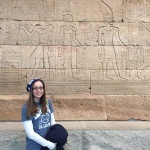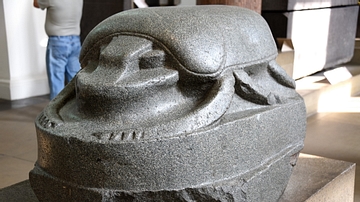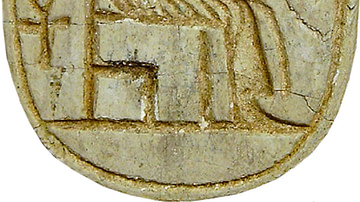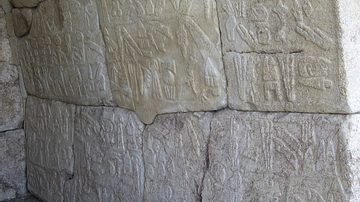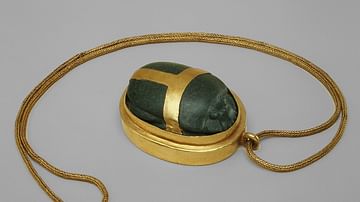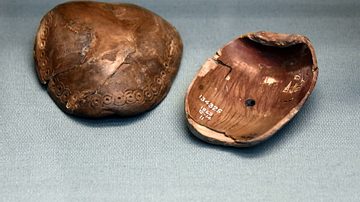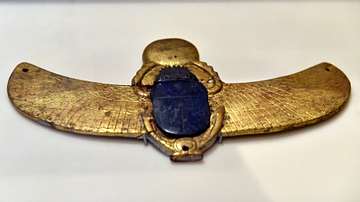Illustration
Scarabs of Hatshepsut (r. 1479-1458 BCE), 18th Dynasty, New Kingdom of Egypt.
Metropolitan Museum of Art, New York.
The Metropolitan Museum of Art was an integral part of the excavations of Hatshepsut's temple at Deir al-Bahri. During the 1926-1927 dig season, 299 scarab amulets and stamp seals were discovered near the eastern wall of the temple. Scarabs were very popular amulets, and they were considered to be symbols of regeneration and rebirth.
On the scarabs that were found, there was an example of every title or name that Hatshepsut ever held. These three scarabs have Hatshepsut's birth name inscribed. The hieroglyphs in birth name can be translated to "United with Amun, Foremost of the Noble Women." The name "Hatshepsut" translates to "Foremost of the Noble Women"; she added "United With Amun" to her name at a later point. Hatshepsut claimed that Amun was her father, and adding this part to her name justified her right to rule as pharaoh.
About the Author
Photo Location
This photograph was taken at the following location:
References
- Andrews, Carol. Amulets of Ancient Egypt. University of Texas Press, 1994.
- Cooney, Kara. The Woman Who Would Be King. Crown, 2015.
- Roehrig, Cathleen A. Hatshepsut. The Metropolitan Museum of Art, 2006.
Cite This Work
APA Style
Lesar, N. (2021, July 13). Scarabs of Hatshepsut. World History Encyclopedia. Retrieved from https://www.worldhistory.org/image/14370/scarabs-of-hatshepsut/
Chicago Style
Lesar, Nicole. "Scarabs of Hatshepsut." World History Encyclopedia. Last modified July 13, 2021. https://www.worldhistory.org/image/14370/scarabs-of-hatshepsut/.
MLA Style
Lesar, Nicole. "Scarabs of Hatshepsut." World History Encyclopedia. World History Encyclopedia, 13 Jul 2021. Web. 14 Apr 2025.


